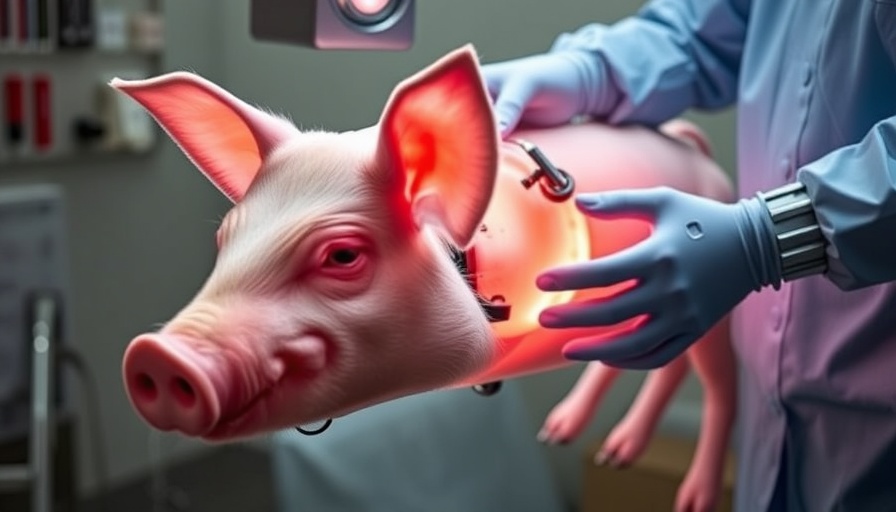
Technological Evolution in Senior Care: A Necessary Shift
The rapid aging of the U.S. population, particularly those aged 80 and older, demands a meticulous rethinking of the healthcare ecosystem. According to the NIC MAP data service, this demographic is projected to expand dramatically, with numbers climbing by nearly 28% by 2030 and a staggering 80% by 2040. In light of these changes, senior living and post-acute care organizations must prioritize technological innovations that modernize infrastructure and optimize operational efficiencies.
AI's Role in Reducing Caregiver Burnout
Among the plethora of solutions available today, artificial intelligence (AI) stands out as a major game-changer. In many senior living facilities, AI initiatives are being implemented to automate administrative tasks, thus diminishing the burden on staff. This shift not only enhances care delivery but promotes a healthier work environment for caregivers, enabling them to focus on meaningful interactions with residents. From automated paperwork to AI-enhanced remote patient monitoring systems, the intention is clear: revolutionize care before issues arise.
Addressing the Data and Security Concerns
Despite the promise of AI in healthcare, many organizations face hurdles related to data security and governance. Worries about the readiness of existing data infrastructures are prevalent, causing many institutions to tread cautiously with their adoption of AI tools. As the healthcare sector shifts, there is an ongoing need to safeguard data privacy while pushing the boundaries of what technology can achieve.
Priorities for the Future of Healthcare Technology
As the landscape evolves, senior care organizations are projected to invest heavily in data analytics tools, infrastructure upgrades, and workforce management systems. Emphasizing engagement and experience platforms remains paramount as these organizations strive to enhance patient experiences. Understanding these shifts is crucial for healthcare professionals to navigate this rapidly evolving field effectively.
Conclusion: Taking Action with Health Tech Innovations
As technology continues to revolutionize the healthcare landscape, it’s imperative for healthcare professionals and organizations to stay informed and engaged with these developments. By embracing innovations such as AI in healthcare and digital health tools, they can enhance patient care and operational efficiency. It’s not just about keeping pace with change; it’s about leading with hope and transforming the future of care.
 Add Row
Add Row  Add
Add 




Write A Comment